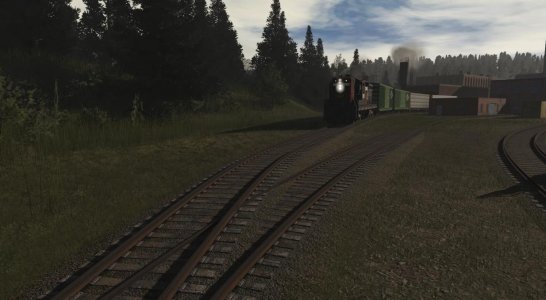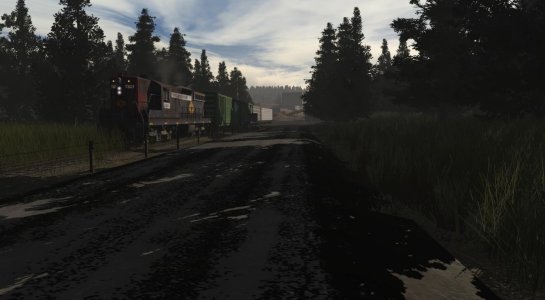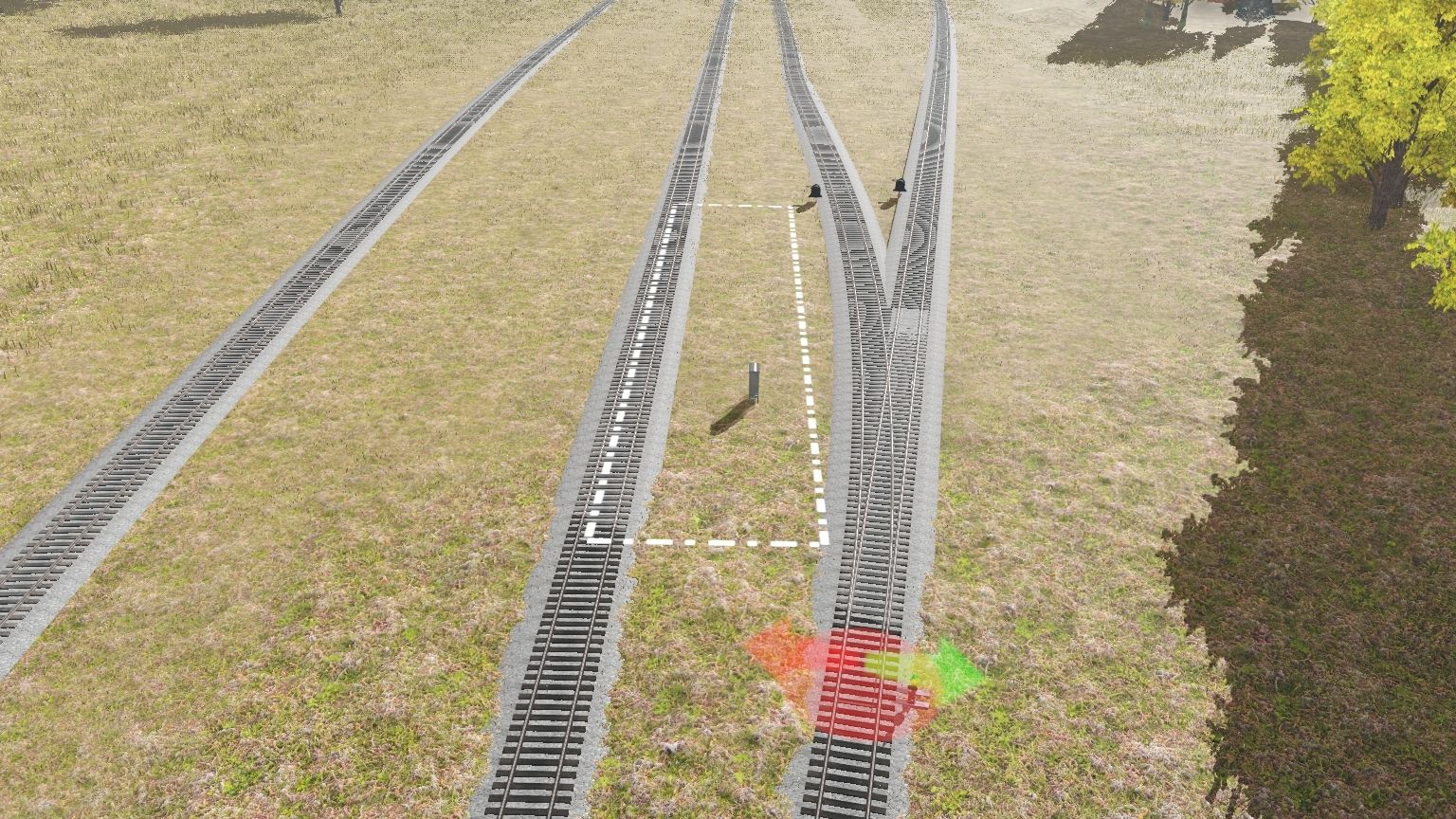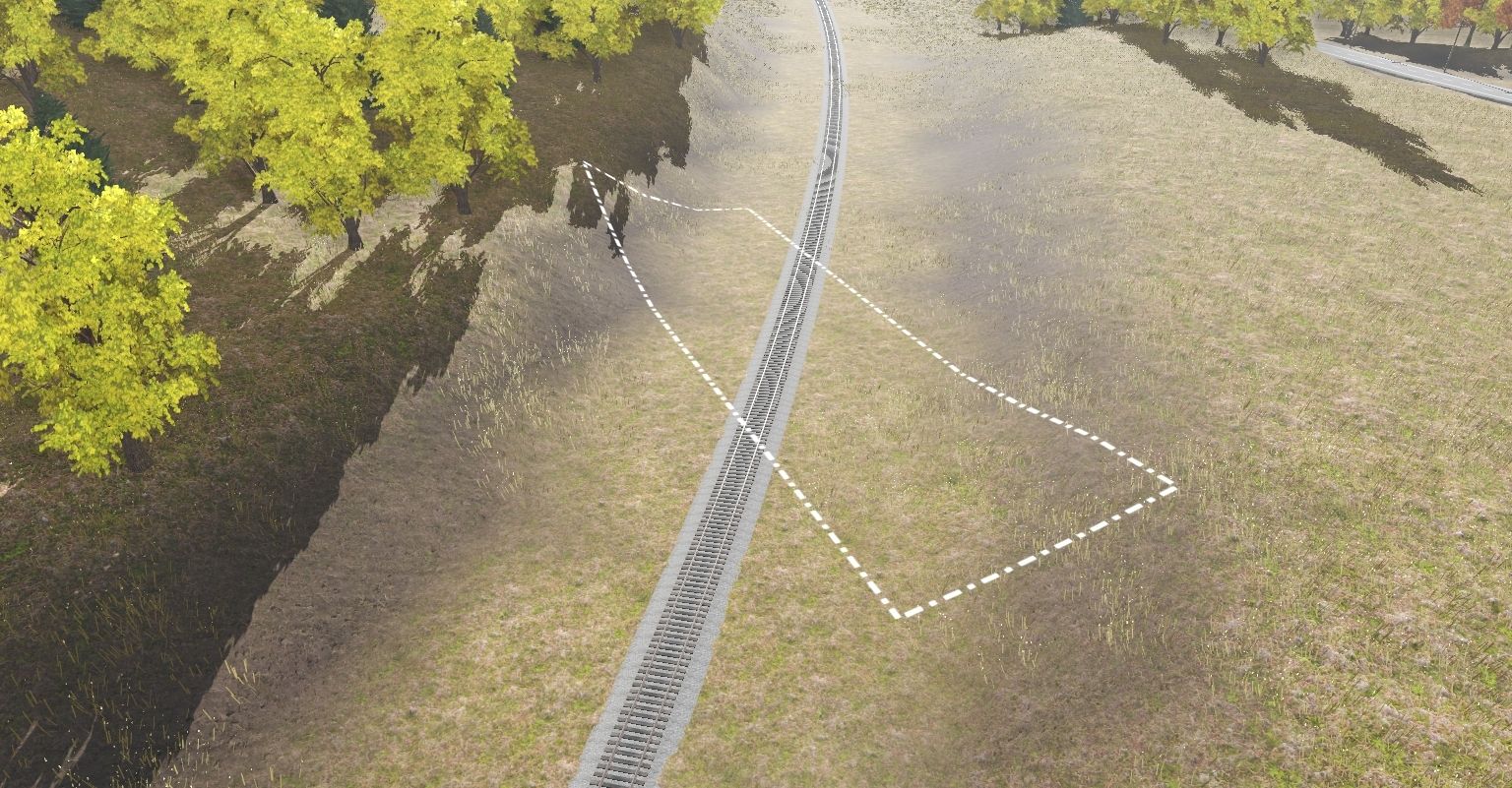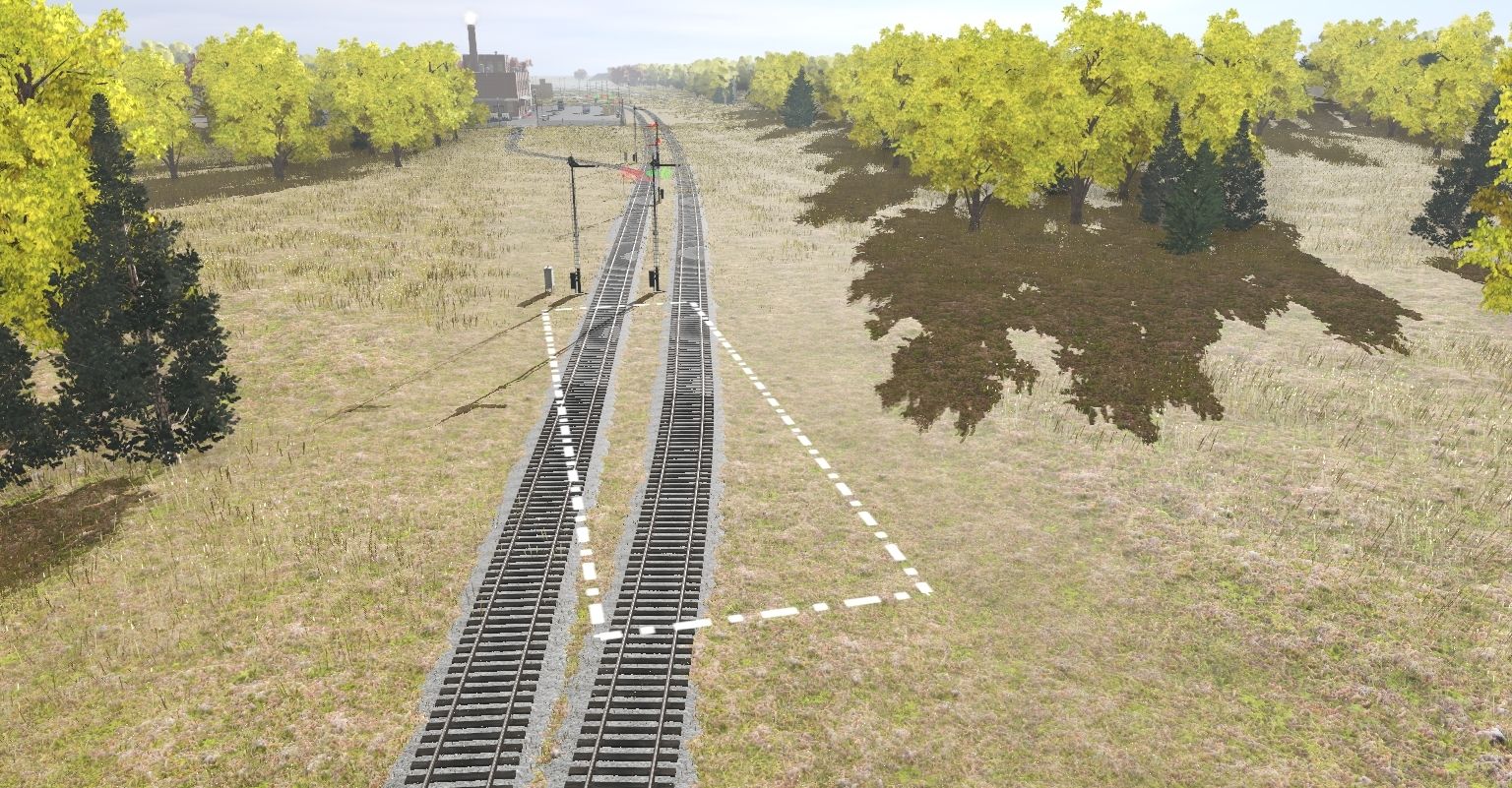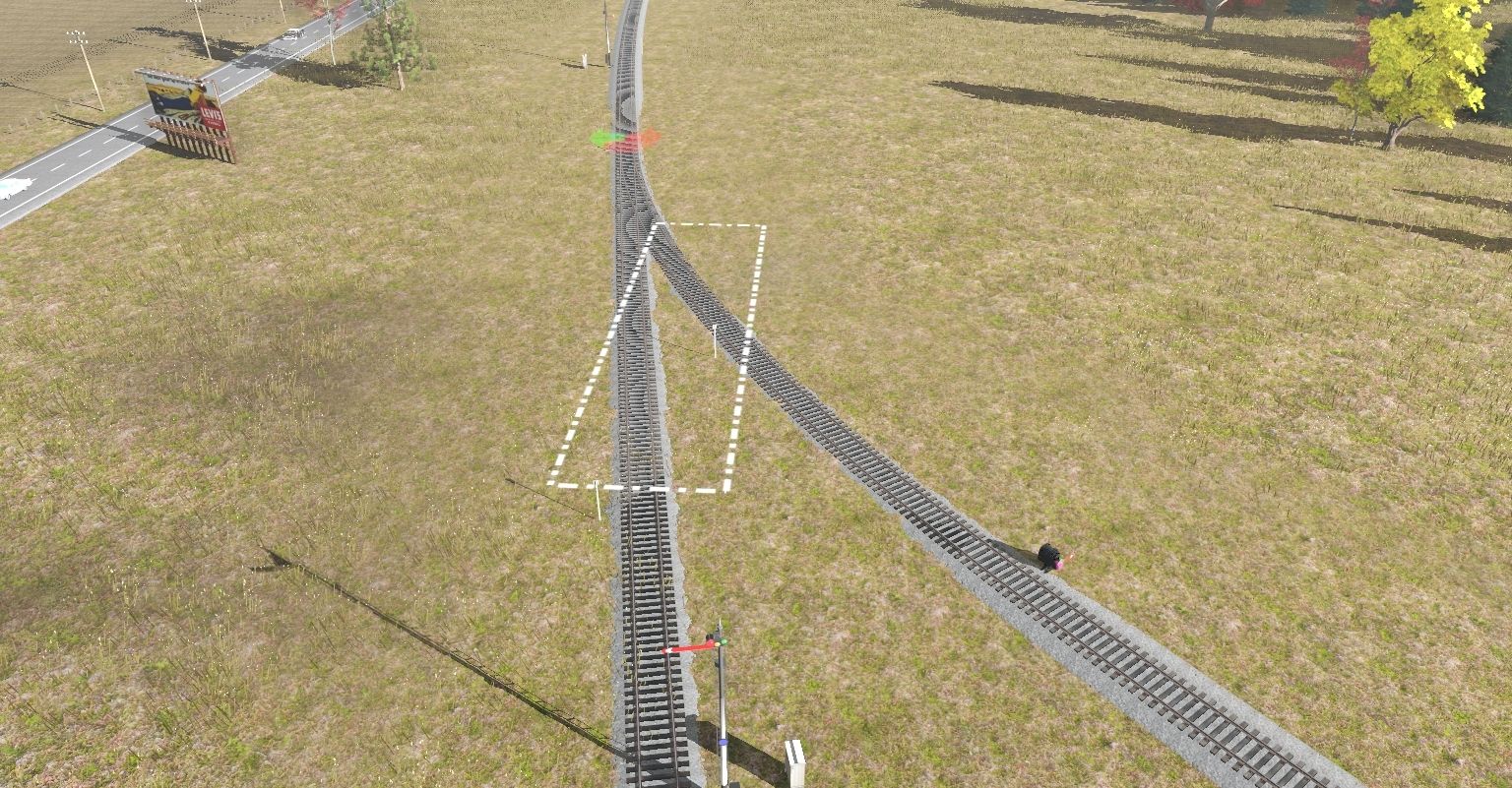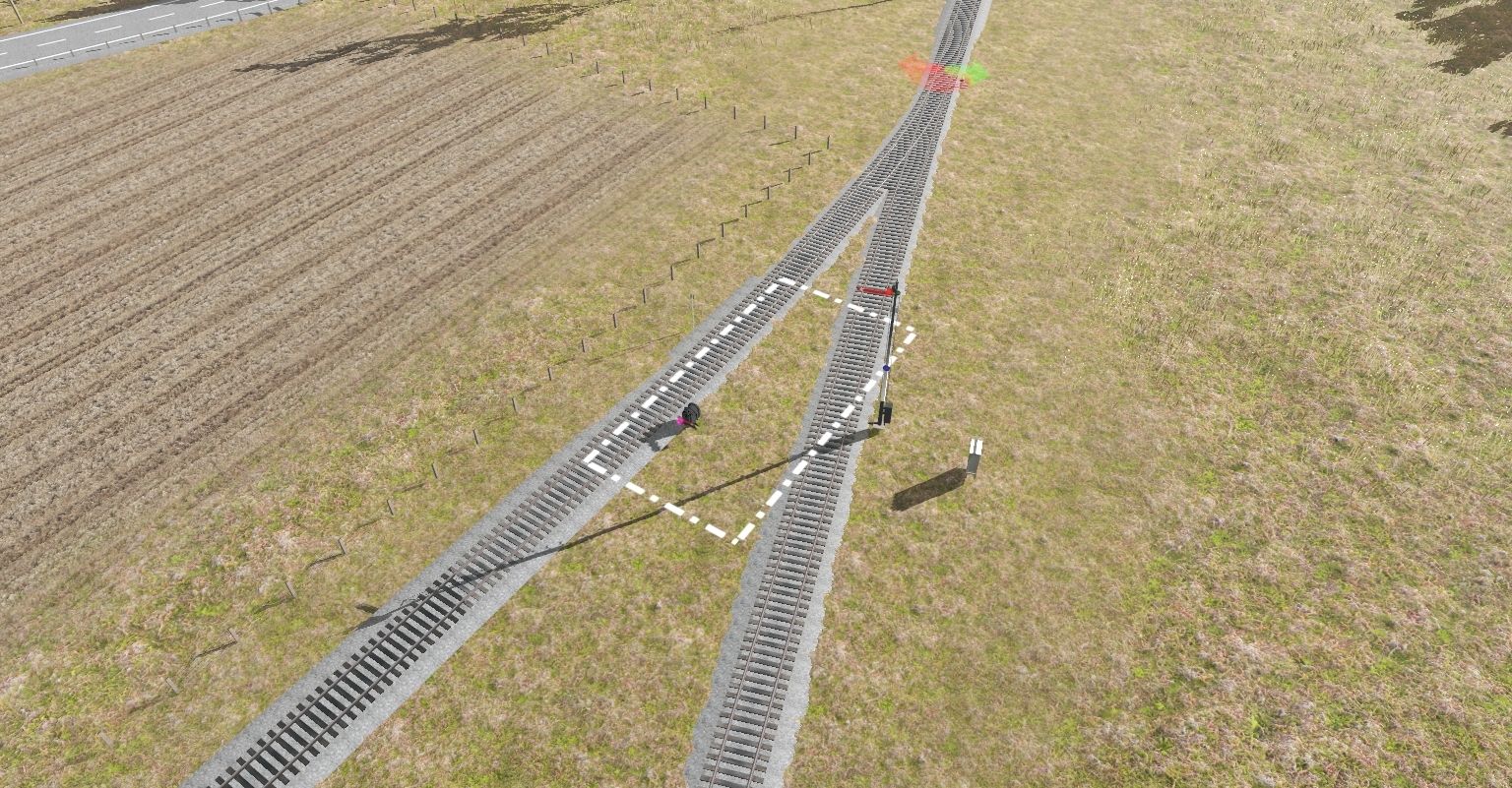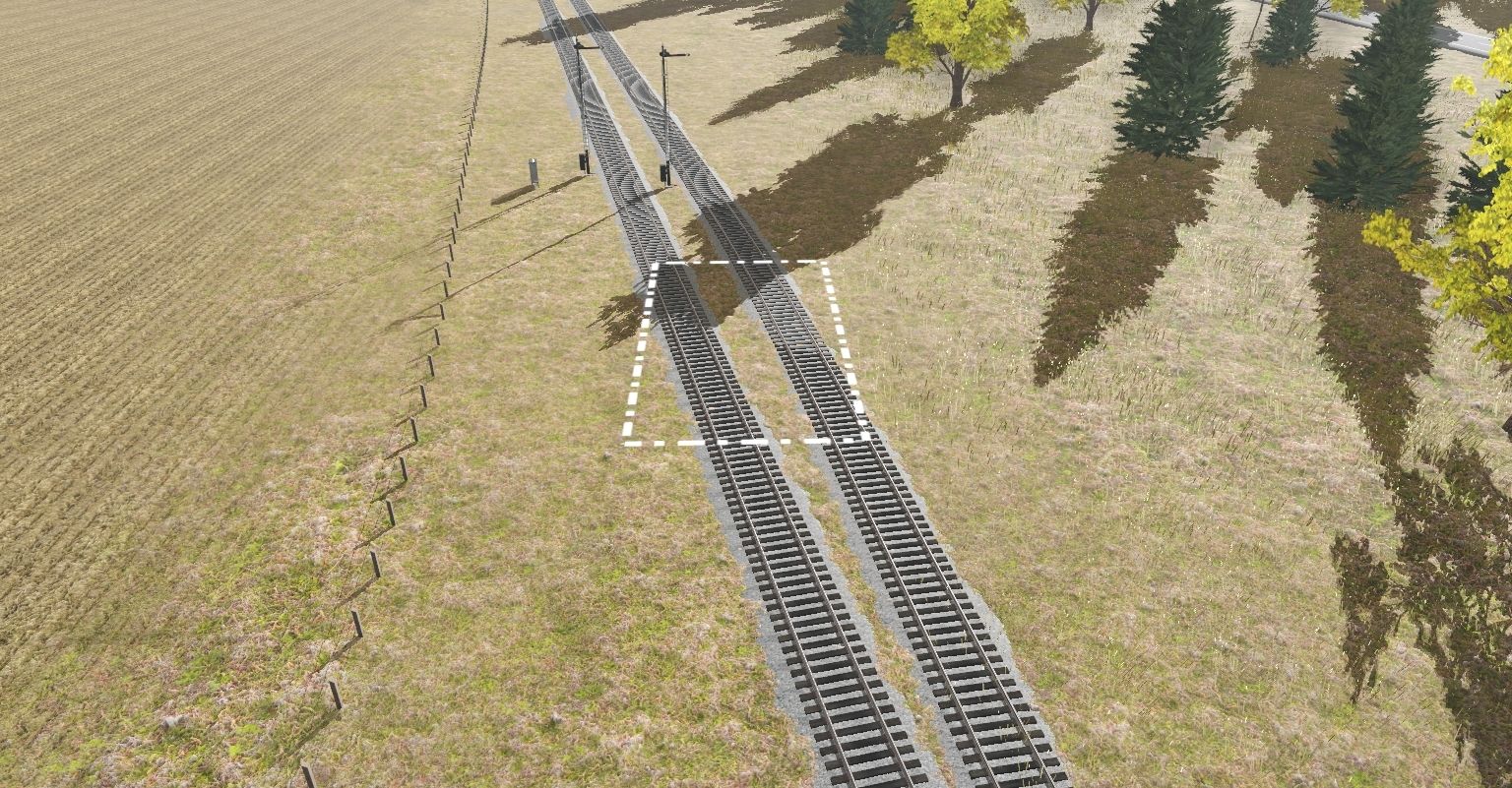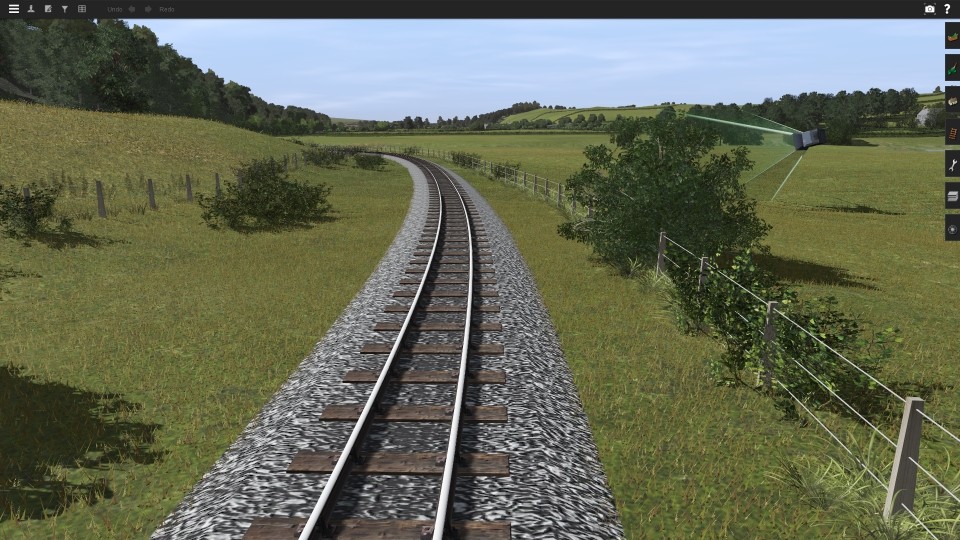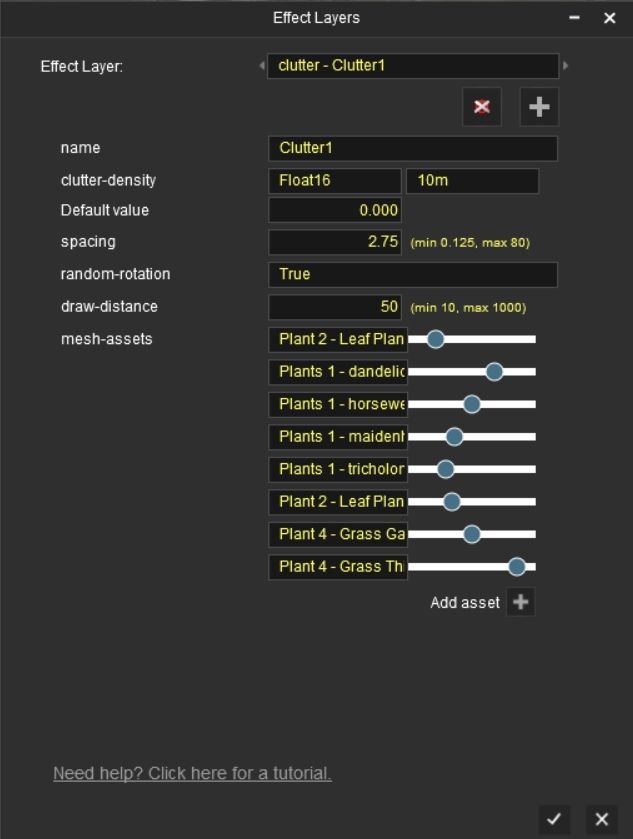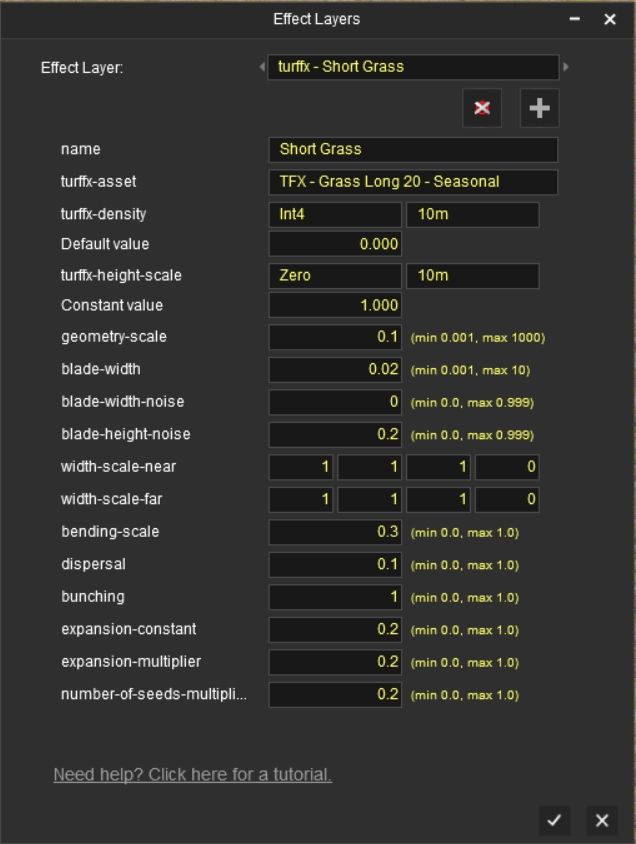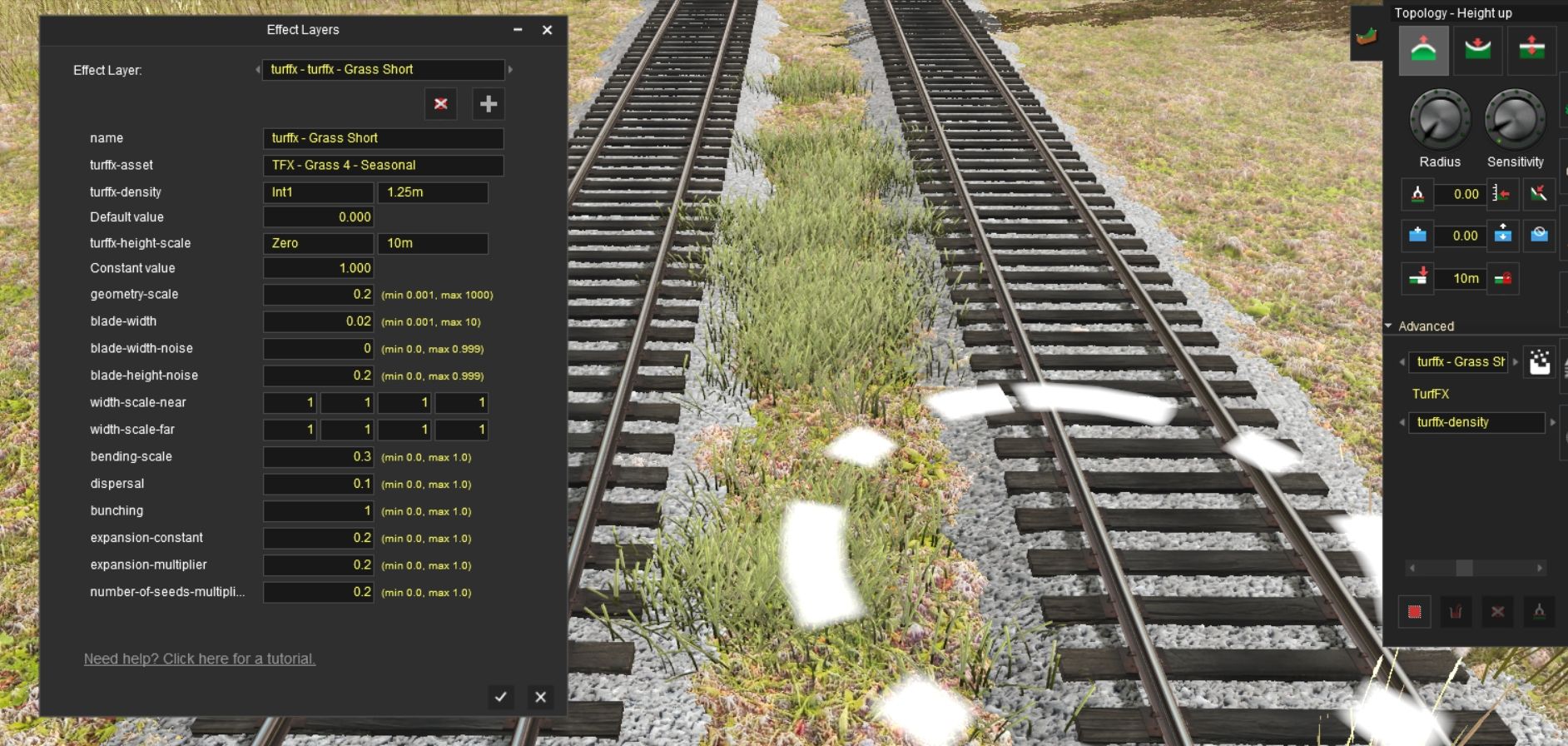I am in the process of adding TurfFX and Clutter to one of my T:ANE routes in order to bring it up to full TRS19 standards.
The only way you can add TurfFX or Clutter to the route is via "area fill" in the "Topology" tab, and that is proving to be a real pain and very tedious. There is no precision at all to area fill, and you cannot control the direction of the area fill box or rectangle. This makes it very hard to get TurfFX ir Clutter where you really need it, especially in tight spots or curved areas. Area fill also tends to often place the TurfFX or Clutter where you do not want it and getting rid of it can sometimes be difficult, especially around tracks.
I like TurfFX and Clutter but this function really needs to be moved to the Paint tab instead to allow you to just paint it where you need it.
Bob
The only way you can add TurfFX or Clutter to the route is via "area fill" in the "Topology" tab, and that is proving to be a real pain and very tedious. There is no precision at all to area fill, and you cannot control the direction of the area fill box or rectangle. This makes it very hard to get TurfFX ir Clutter where you really need it, especially in tight spots or curved areas. Area fill also tends to often place the TurfFX or Clutter where you do not want it and getting rid of it can sometimes be difficult, especially around tracks.
I like TurfFX and Clutter but this function really needs to be moved to the Paint tab instead to allow you to just paint it where you need it.
Bob

